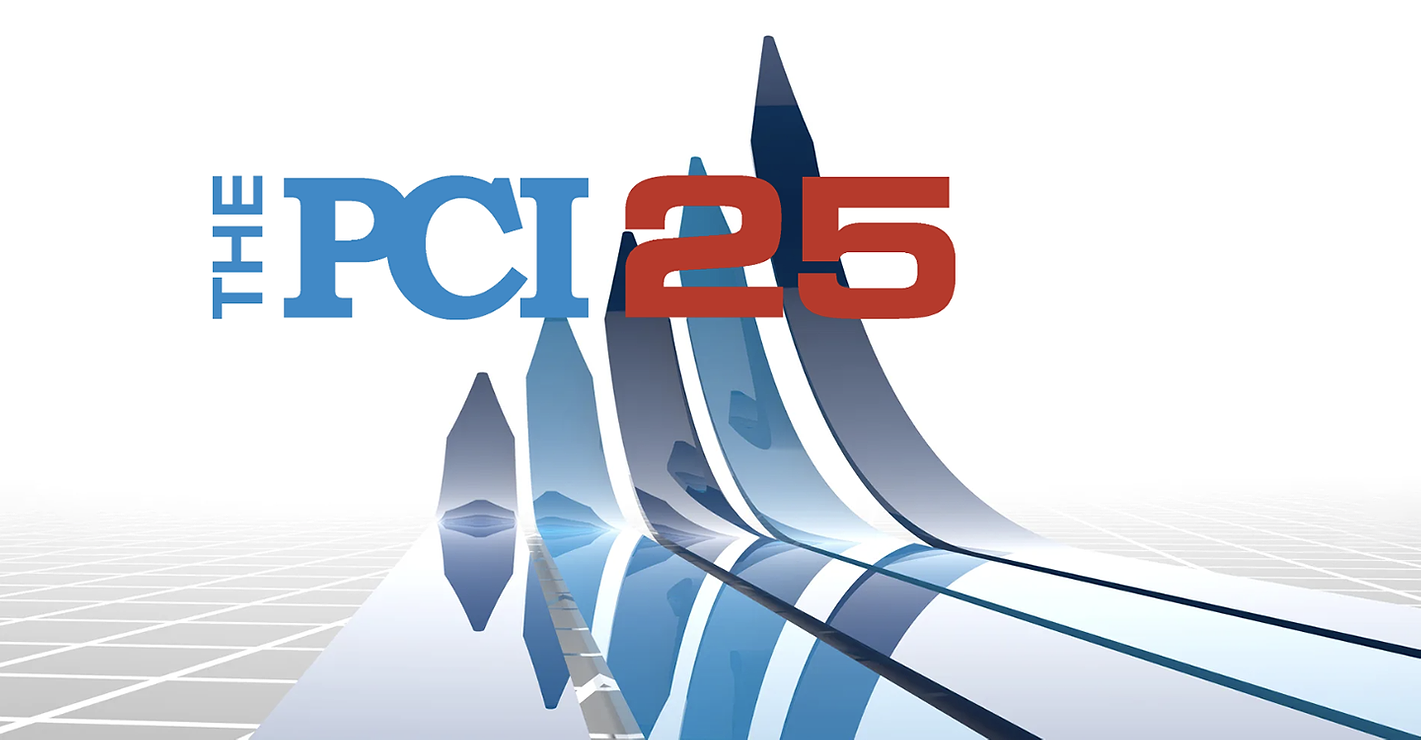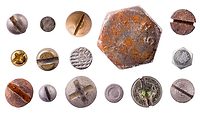Traffic-Light Maintenance
It’s Time to Send a Signal to Corrosion!

Traffic signals do more than we realize to keep life sane in a fast-paced world. At the same time, they take the brunt of bad weather—temperature swings, wind, rain, and, in winter, piles of salt-laden snow banked up around traffic light bases and control boxes. In such harsh environments, traffic controls are likely to fail more quickly than their electrical and electronic counterparts in sheltered atmospheres. Therefore, Cortec® suggests two simple tools to lengthen the intervals between repairs and replacements and send a signal to corrosion.

Safeguard Traffic Signal Poles With an Extra Shield!
Traffic signal poles and bases are often coated with paints for outdoor protection. Although heavy duty, these coatings may be damaged during transportation. While a small dent or scratch may not harm appearance, it opens the way for water and salt to attack the metal. Once started, corrosion can easily creep to other areas beneath the coating, eventually leading to unsightly holes and structural damage if unaddressed for too long.
Rather than wait until the damage is done, preventive measures are a smart way to save time, money, and effort in the long run. Something as simple as applying a clear protective coating over the original paint can shield it against further damage and protect exposed areas that may have been scratched in transit. EcoShield® VpCI®-386 is one example of such a protective coating. It is water-based and easy to work with. The actual length of protection will vary from one site to another, so maintenance crews should periodically inspect traffic light bases to see when flaking, delamination, or a shift in gloss indicates that it is time to replenish the protective shield.
“Power Up” Protection in Traffic Signal Cabinets
Near the intersection, large silver boxes house the wires, controls, and battery backups that run traffic lights. Wires inside these traffic signal cabinets are typically protected by heavy sheathing, but electrical contact points and other bare metal surfaces can still be at risk for corrosion from dampness and deicing salts seeping in through cracks, or temperature swings triggering condensation on metal contacts.

The simplest way to protect even the smallest exposed metal surface is to introduce vapor-phase corrosion inhibitors. This is as easy as placing a self-stick emitter inside the cabinet based on enclosure volume. For example, VpCI®-105 protects 5 ft³ (0.14 m³), and VpCI®-111 protects 11 ft³ (0.31 m³). Emitters release corrosion-inhibiting vapors through a breathable membrane. These vapors fill the enclosure and are attracted to metal, forming a protective molecular barrier on any exposed metal surfaces. Emitters only need to be replaced every one to two years, depending on how much ventilation allows the corrosion-inhibiting vapors to escape from the cabinet.
Signal an End to Corrosion
Rather than allowing accelerated weathering to induce early deterioration on traffic signal poles and inside control cabinets, maintenance crews can make their job easier by taking advantage of these coatings and emitters for extra protection. A small investment of time and money can pay important dividends in the long run.
Visit http://www.cortecvci.com for more information.
*All images courtesy of Cortec.
Looking for a reprint of this article?
From high-res PDFs to custom plaques, order your copy today!






